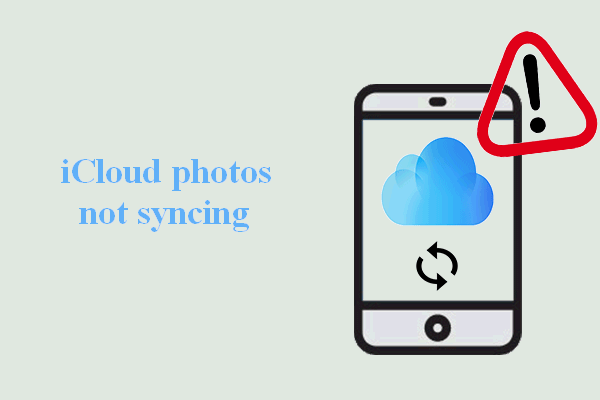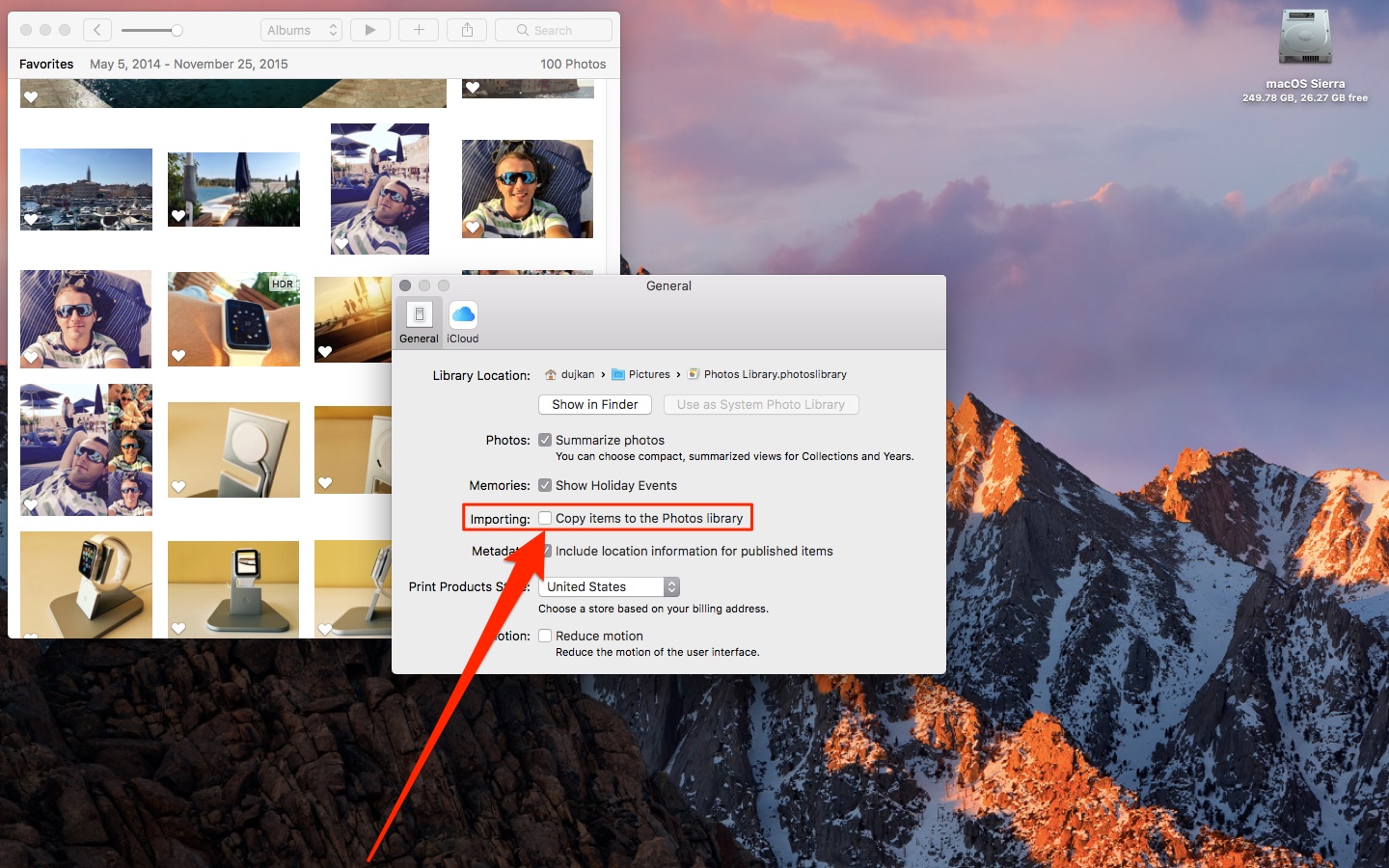When you have some files in AAE photo format, how do you open and view the AAE files within your computer, or even convert the AAE to JPEG?
- Recover Aae Files From Iphone
- What Are Aae Files From Iphone
- Iphone Pictures Aae
- Delete Aae Files From Iphone
- What Is Aae File Type
- Delete Aae File On Iphone
- You don’t need to be tech savvy to notice the AAE files on your Apple Mac, iPhone, or Windows. Y ou may have run into them while scrolling through the photo libraries, since the. AAE extension is quite easy to notice. Where would you notice an AAE file? The AAE files belong to Apple devices and machines, more accurately to iOS 8 and above.
- Hi guys, So, I was manually copying my photos from my iPhone onto my Win10 laptop and for some unknown reason decided to delete all the.aae files associated with the various jpegs before copying them over. I immediately found that the jpegs associated with the aae files were rendered unmovable.
You don’t need to be tech savvy to notice the AAE files on your Apple Mac, iPhone, or Windows. You may have run into them while scrolling through the photo libraries, since the. AAE extension is quite easy to notice.
Where would you notice an AAE file?
The AAE files belong to Apple devices and machines, more accurately to iOS 8 and above. You can also notice them on Mac OS 10.10 and later. When you’re transferring the AAE files to your Windows computer, the files may look like regular JPEG, without including the edits.
Did you ever notice an AAE File?
If it were to judge by their name, the files resemble the image files a lot (for instance, IMG_1357.AAE), but you may not be successful when trying to open them. An error message is going to inform you that they’re not valid image files.
When you’re in Windows, the message is going to be “Windows cannot open this file,” recommending you to look in the web for something else to open it with. Besides, the files may also exist on a computer running Mac or Windows as operating systems.
It’s confusing for a Window user since we all know that Windows typically hides the extension (by default). More often than not, the AAE file is going to appear just like any other IMG_1357 with a standard blank icon.
Any iPhone or Mac user has been editing pictures for some time now (we’re positive you did). You may have noticed that the edited files (using the Photos app) look unedited after you transfer them from the iPhone to software program/computer on the Apple Mac. Isn’t it weird?
It’s also common for people to identify the.AAE extensions when trying to find a specific photo and applying the type (or another choice) criteria in finder.
What’s the concise description of AAE files?
Long story short, Apple Photos application has created the AAE files (XML-based format), storing information about the changes that were made to a specific file. The files are additional, and they let the original files stay unchanged when you decide to turn the photos into their original state.
Should you ever delete AAE files (scroll down for the details), you’re only going to lose the changes that you’ve made to a photo/image through the Photos application.
Why do we have AAE files?
Briefly, when you’re editing in the Photos App from iPhone (iOS 8 and above), you’re not going to alter the original image file. Back in the day, when you edited a file, you were also over-writing the original.
However, in the case of iOS8 and above, the original photograph will remain the same, saving the edit instructions in a different file. It’s the AAE file we’ve been talking about (it’s also known as “AAE sidecar file”).
You will see the AAE file in the same folder as the original photo, having the same name format. However, the file doesn’t come with the standard.JPG, but it ends in AAE file extension. For instance, an edited IMG_3137.JPG is also going to have another filer, named IMG_3137.AAE. It’s the main reason for which you may feel like the AAE files are kind of random as they only show when you’re editing an image file.
Is there something you can do with AAE files?
What’s the use of AAE files? The moment you’re done with editing on the iOS device, the most straightforward thing to do is to email the completed photo to yourself. This step is going to end the edits on the picture.
You may also post your photo on social media (Instagram, Facebook, or anything similar), even if the quality of the image is going to suffer on some level.
Let’s remind you once again that, from this moment forward, the files have no use on Android devices or Windows. We are expecting new ways of using the files later within the future, and it may take a while until that happens.
You can delete the files if that’s what you want. You can also save the files, especially if you’re hoping to use them in some other way one day since the files are tiny and don’t take up drive space.
Is it a good thing or not for the AAE files to exist?
Is it a step forward or backward for Apple for creating the AAE files? Even if we appreciate that the original photo isn’t overwritten automatically anymore, some beg to differ. On some level, it’s easier to be asked if we’re going to like overwrite the file or save it separately. We think that you can save space and eliminate the confusion too.
What’s the easiest way to transfer photos to the current changes?

When you’re transferring altered photos from your iPhone to the Mac computer that runs on OS X (and above), you shouldn’t have to deal with any problems. The situation is a bit different in the case of Windows and earlier Mac OS versions (pre-OS X Yosemite is just one to name). In this case, the file with changes is going to stay on the iPhone. Even if you manage to move that specific file manually, you may not be able to open it. You don’t have the default apps for opening it.
You may solve the problem by looking for third-party software that is capable of reading the AAE file format. When you’re not a Mac OS user, finding the software for opening the alteration list file isn’t going to be a breeze. You may have a better shot at it by forcing the iPhone to make the changes to the original file or to export the changed copy.
Sending an email with the attached photo right back at you, from an iPhone is the most natural solution (remember that the image is altered already) We’ve previously mentioned the solution! Another solution is loading the edited version on social media, but you’re going to sacrifice the quality of the image.
Last but not least, you can also save the photo onto cloud storage (iCloud or anything similar). The new Apple devices include an AirDrop function, with many of the users having difficulties while using the feature.
Should you delete or store the AAE files?
You may have checked the tech support forums a couple of times until now. As you can see, you’re not the only one unable to decide whether you should keep or delete your AAE files. It’s because you still don’t know what to do with the AAE files.
Go back to the top and read our suggestions once again. It’s obvious that when you delete the files on your Window computer, you’re not going to cause negative results. You simply don’t have a default software to open the files.
Bear in mind that you’re also going to lose the link between the original file and the file with changes list when you rename the original file. You may also rename the AAE file manually. Therefore, if you rename the photos that have been changed, you may forget the precise name of the image completely, rending the files to become useless and unimportant. In a nutshell, when you delete the AAE files, your photos aren’t going to be altered in any way. But do you want to delete them knowing that they only take a few KB of storage? What if you’re going to be able to use them in a couple of years?
Resources
Find your files
The Files app includes files on the device you're using, as well as those in other cloud services and apps, and iCloud Drive. You can also work with zip files.* To access your files, just open the Files app and choose the location of the file you're looking for.
Save a copy of your file locally
You can find locally stored files in On My [device], under Locations. On your iPad, simply drag files into the On My iPad folder to store them directly on your device. If you want to save a file locally on your iPhone or iPod touch, follow these steps.
Recover Aae Files From Iphone
- Go to the file that you want to store on your device.
- Tap Select > the file name > Organize .
- Under On My [Device], choose a folder or tap New Folder to create a new one.
- Tap Copy.
You can also long press on a file, choose Move, and select which folder you want to copy it to.
On iOS 12 or earlier, tap the file and choose Move. Then, under On My [device], choose Numbers, Keynote, or Pages, and tap Copy.
Move iCloud Drive files
- Go to the file that you want to move.
- Tap Select, then choose the file.
- Tap Organize .
- Under On My [Device], choose a folder or tap New Folder to create a new one.
- Tap Move.
You can also long press on a file, choose Move, and select which folder you want to copy it to.
Look for files on your Mac or PC
- On your Mac, choose Go > iCloud Drive from the menu bar, or click iCloud Drive in the sidebar of a Finder window.
- On iCloud.com, go to the iCloud Drive app.
- On your PC with iCloud for Windows, open File Explorer, then click iCloud Drive.
* Password protected zip folders or directories are not supported in the Files app.
Organize your files
It’s easy to organize all of the files stored in iCloud Drive — including Pages, Numbers, and Keynote documents. When you make changes on one device, your edits are automatically updated on every device using iCloud Drive.
You can make your own folders. Or rename the files and folders you already have when you press firmly on them.
Create new folders
- Go to Locations.
- Tap iCloud Drive, On My [device], or the name of a third-party cloud service where you want to keep your new folder.
- Swipe down on the screen.
- Tap More .
- Select New Folder.
- Enter the name of your new folder. Then tap Done.
On iOS 12 or earlier, tap New Folder . If you don't see New Folder or it's gray, then the third-party cloud service doesn't support new folders.
View your files by name, date, size, or the tags that you add. With colorful and custom labels, you can assign tags to your files any way that you like. That means you'll quickly find just the project or document you need.
Add a tag
- Tap Select.
- Tap the file that you want to tag.
- Tap Share > Add Tags .
- Choose the tag that you want to add.
Rename a tag
- Go to Locations.
- Tap More > Edit.
- Tap the name of an existing tag.
- Enter the name of your new tag.
- Tap Done.
Delete files
Select the files that you don't want anymore and tap Delete . If you delete files from the iCloud Drive folder on one device, they delete on your other devices too. iCloud Drive removes the files from every device that you're signed in to with the same Apple ID.
What Are Aae Files From Iphone

When you delete a file from iCloud Drive or On My [device], it goes into your Recently Deleted folder. If you change your mind or accidentally delete a file, you have 30 days to get it back. Go to Locations > Recently Deleted. Select the file that you want to keep and tap Recover. After 30 days, your files are removed from Recently Deleted.
You can also sign into iCloud.com from your Mac or PC, then go to iCloud Drive and check Recently Deleted.
Share folders and files with your friends or colleagues
Want to share with a friend or colleague? You can share any folder or file stored in iCloud Drive directly from the Files app. In iCloud Drive, tap Select, choose the file or folder that you want to share, tap Share , and select Add People. You can share a folder or file through AirDrop, Messages, Mail, and more. Learn more about how folder sharing and file sharing work in iCloud Drive.
Or maybe you want to collaborate on a project in real time. The Files app lets you do that too with your Pages, Numbers, and Keynote documents. Select the file and tap Share or > Add People . You can invite them to collaborate through Messages, Mail, or copy and paste a link. Your participants are color-coded. And you can see when they're online, actively working on your shared document.
Use third-party apps in Files
The Files app lets you add your third-party cloud services — like Box, Dropbox, OneDrive, Adobe Creative Cloud, Google Drive, and more — so that you can access all of your files on all of your devices. The files you keep in iCloud Drive automatically appear in the Files app, but you need to set up your other cloud services to access them in the Files app too.
Add third-party apps
- Download and set up the third-party cloud app.
- Open the Files app.
- Tap the Browse tab.
- Tap More > Edit.
- Turn on the third-party apps that you want to use in the Files app.
- Tap Done.
If you don't see one of your third-party cloud services in the Files app, check with your cloud provider.
On iOS 12 or earlier, open the Files app then tap Locations > Edit to add third-party apps.
Move third-party cloud files
- Open the file that you want to move.
- Tap Share > Copy.
- Open the folder where you want to move your file.
- Firmly press the screen.
- Tap Paste.
Do more with Files on iPadOS
If you're on iPadOS, you can access files on a USB flash drive, SD card, or hard drive through the Files app on iPadOS. Just connect the storage device, and then you can select it under Locations. You can also connect to unencrypted storage on a file server, if that storage is using the APFS, Mac OS Extended, MS-DOS (FAT), or ExFAT format. You also have the option to view your files in Column View, which is helpful if you have files nested in multiple folders. Column View lets you see previews of files and offers access to tools like markup and rotate without even opening a file.
Iphone Pictures Aae
Connect to a file server

Delete Aae Files From Iphone
- Open the Browse tab.
- Tap More .
- Select Connect to Server.
- Enter the SMB address.
- Tap Connect.
- The server name appears under Shared in the Browse menu.
Switch to Column View
- In landscape mode, open the Browse tab.
- Select a folder.
- Swipe down on the right side of the screen.
- Select Column View in the upper right.
- Tap a folder to expand its contents.
- Tap a file to see a preview.
To leave Column View, tap Grid View or List View , or use your iPad in portrait mode.

What Is Aae File Type
If you need help
- Update your iPhone, iPad, or iPod touch to the latest iOS, or iPadOS.
- Set up iCloud on all of your devices and turn on iCloud Drive.
- Make sure that you’re signed in to iCloud with the same Apple ID on all of your devices.
- If you want to upload, download, or share files using cellular data, open Settings, select Cellular, scroll down to iCloud Drive and any third-party cloud services you use, and turn it on for each service.
Delete Aae File On Iphone
If you don't want to access your iCloud Drive files in the Files app, you can choose to download and add only third-party cloud services instead.
